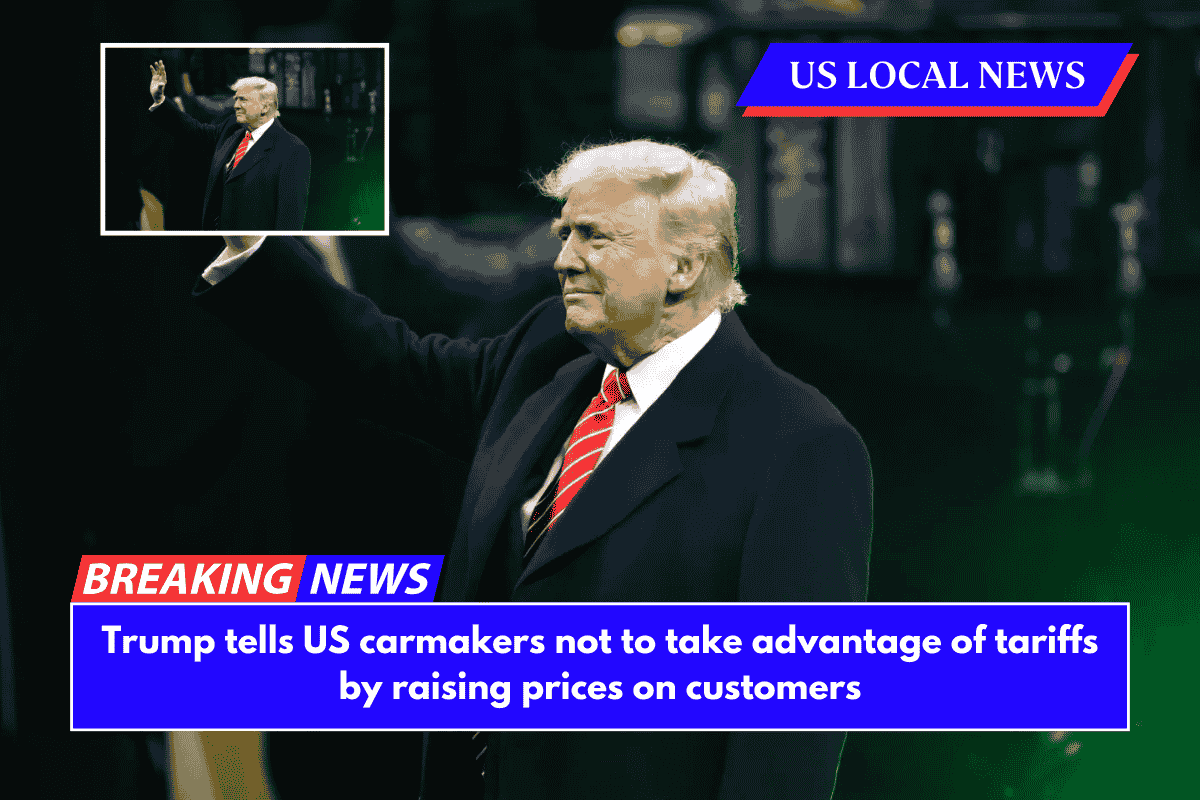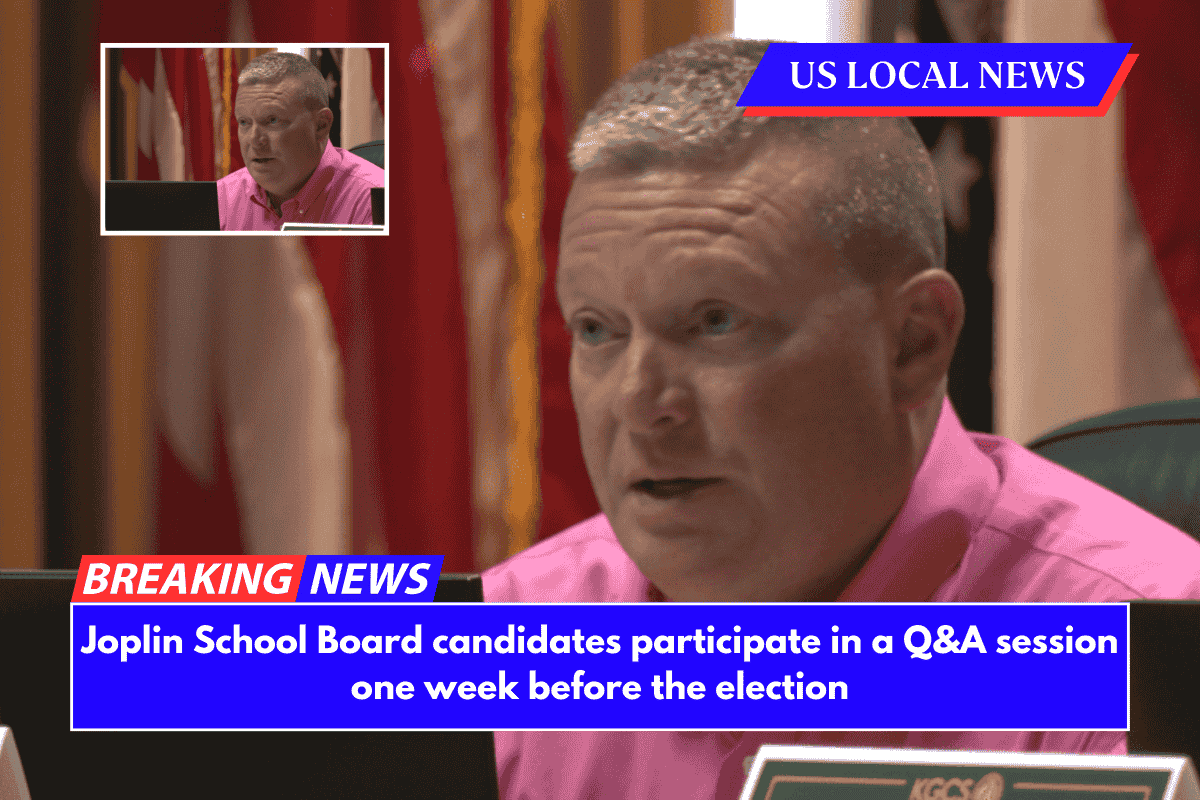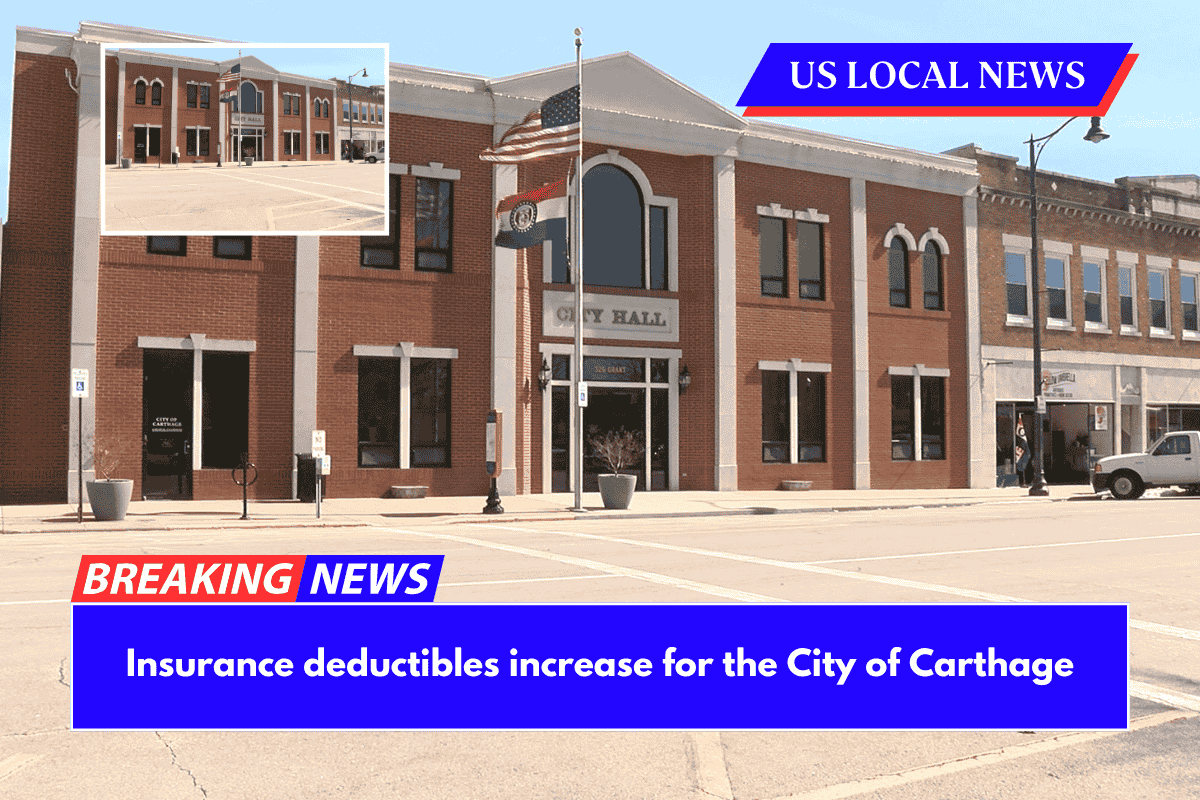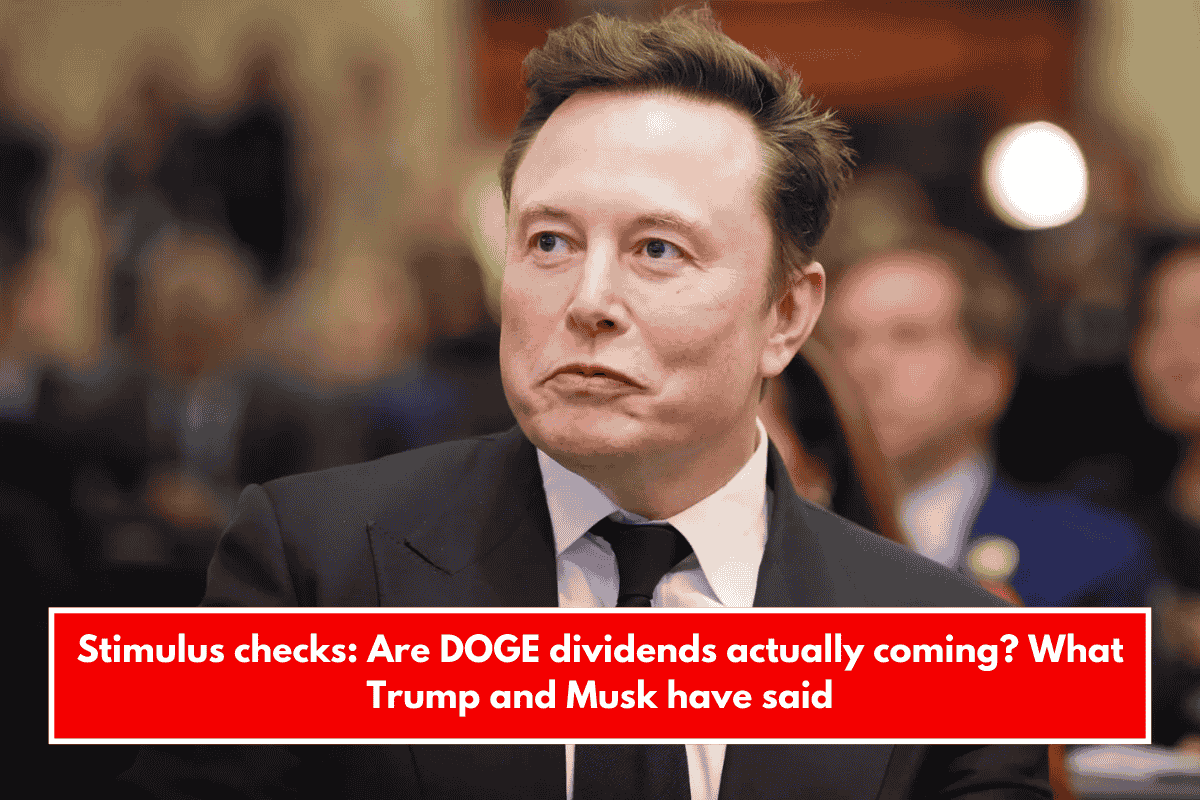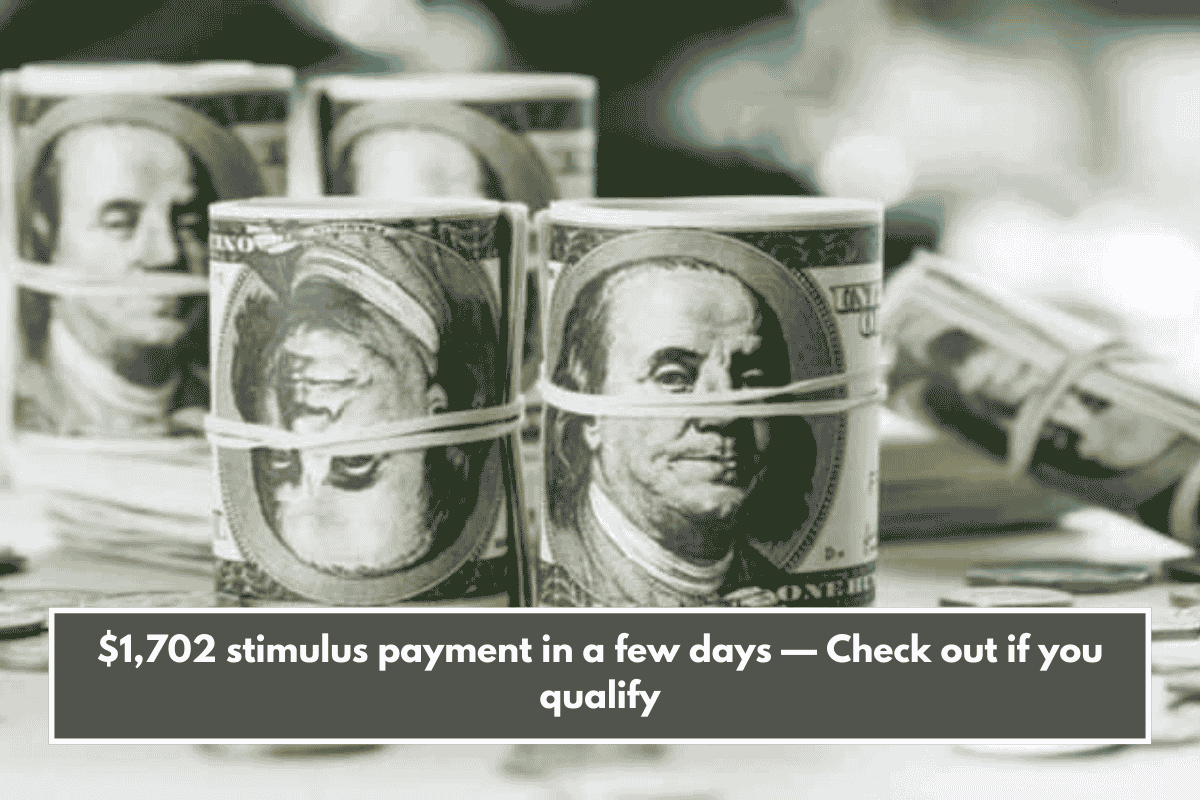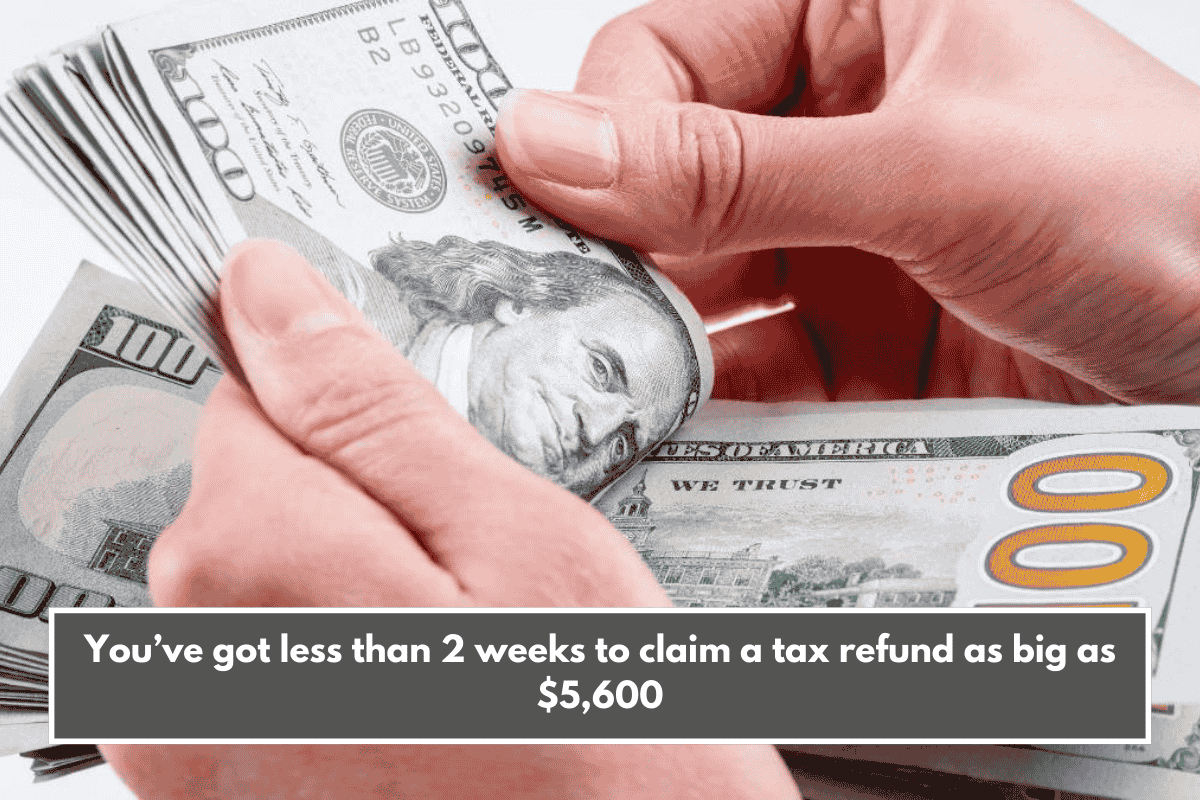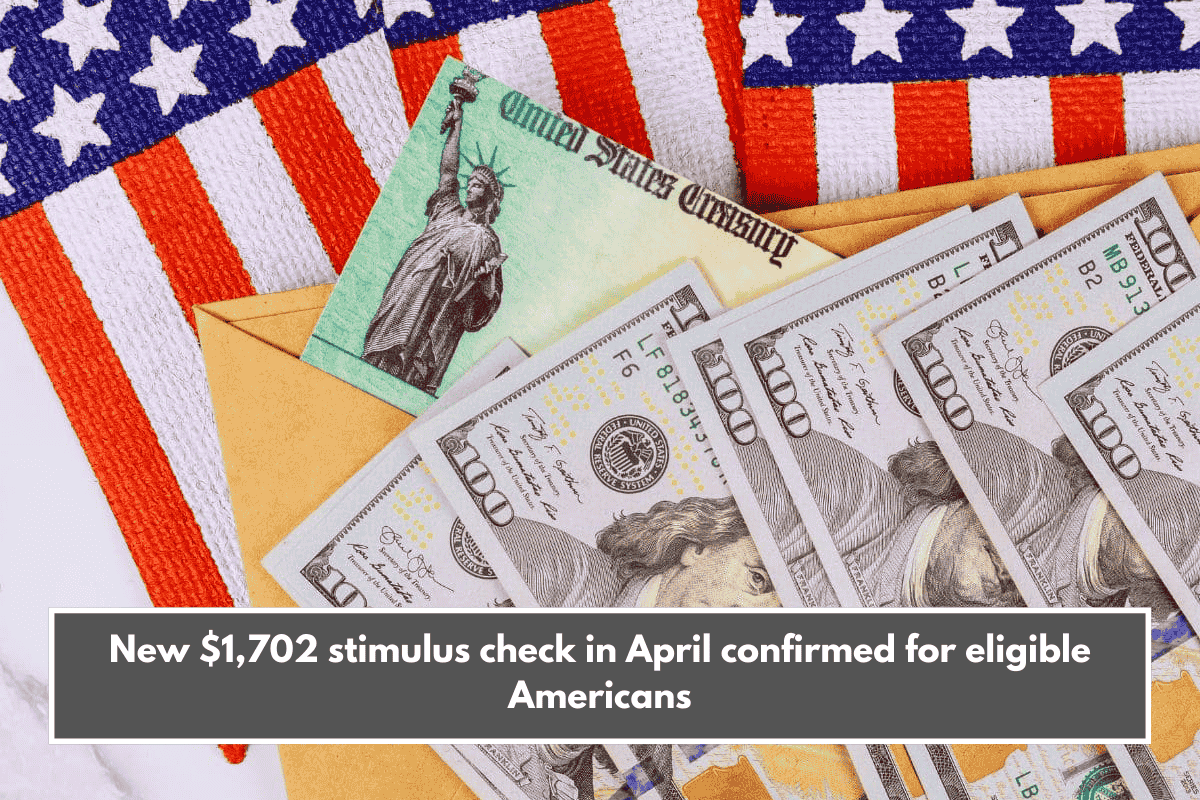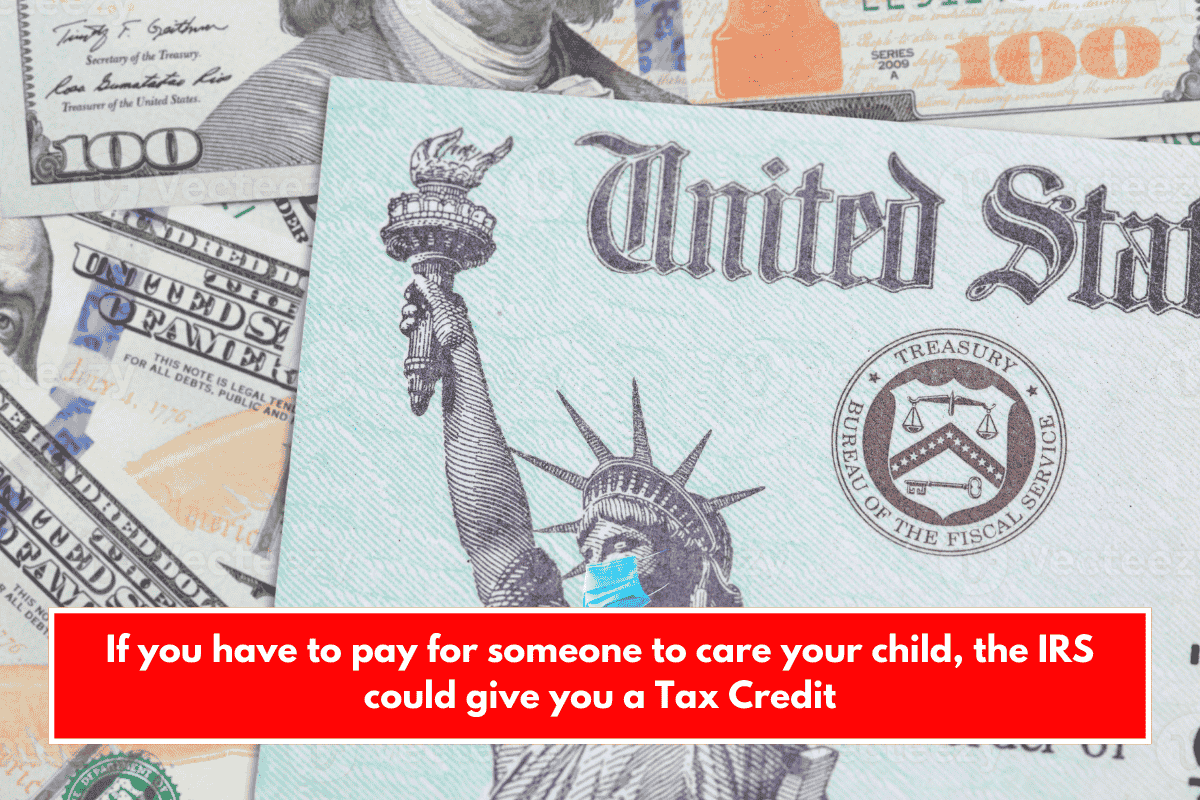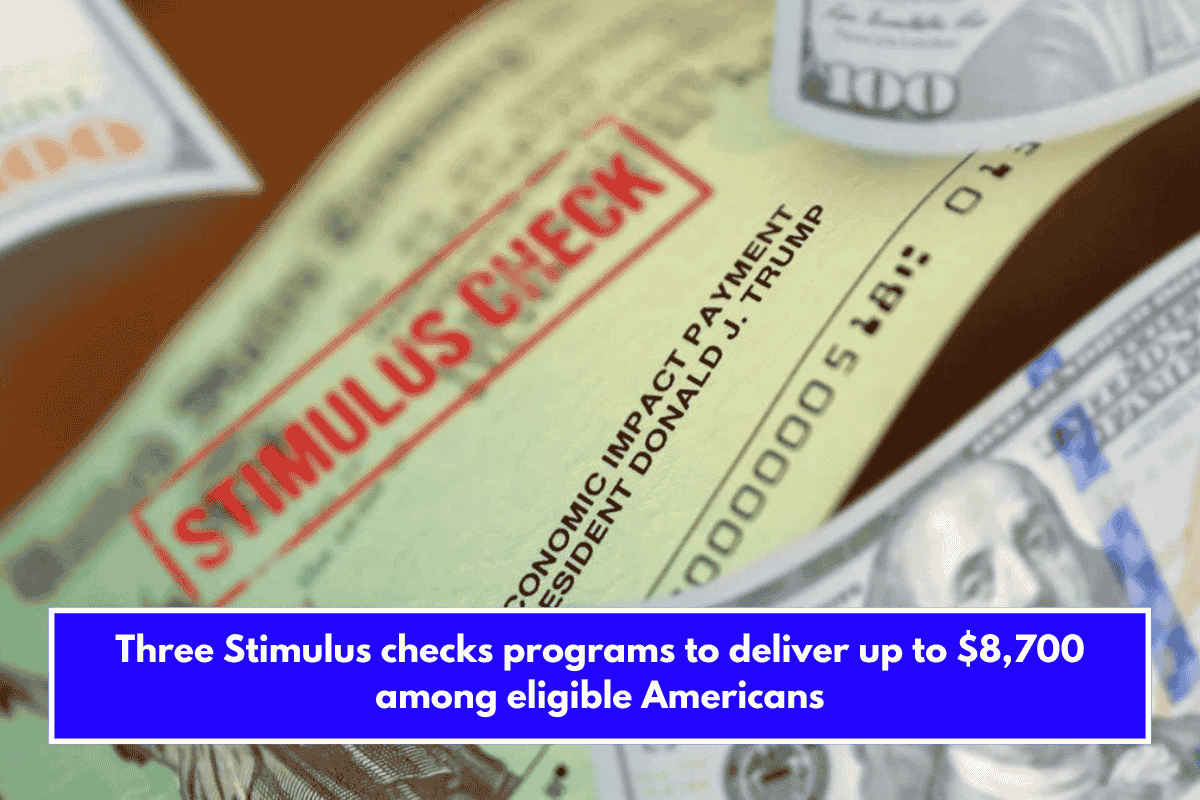- The Trump administration believes auto execs could be tempted to use the tariffs as cover to push through their own hefty price hikeswithout risking the competitiveness of their U.S.-built vehicles. This would be an effective means of balancing out the loss of sales from tariffs placed on their foreign imports. “The math would tell you that’s going to cost us multibillions of dollars,” one executive told the Wall Street Journal. “So who pays for that?”
The White House is concerned that automakers will use next month’s tariffs to impose an overall price increase on Americans looking to buy a new car.
Beginning April 3, all new vehicles built abroad will be subject to a 25% import duty, a cost that will most likely be passed on to US consumers. Because this affects roughly half of all cars sold in the country, companies such as General Motors may use the tariff increase to raise prices on domestically manufactured vehicles as well.
To reduce the threat of an overall increase in car prices, President Donald Trump spoke with top automakers’ executives, warning them not to use tariffs as an excuse to raise domestic car prices.
According to a Wall Street Journal report citing people familiar with the call, Trump informed the executives that the White House would view such a move negatively, leaving some of them rattled and concerned that they would face punishment if they raised sticker prices.
“The math would tell you that’s going to cost us multibillions of dollars,” said one executive. “So who pays for that?”
By press time, the Trump administration had not responded to Fortune’s request for comment.
Rising car prices a major factor behind pandemic inflation
Following the COVID-era semiconductor crunch, which began in early 2021, a lack of supply of new cars caused prices to skyrocket by roughly 20%, and even more for used cars, and they continue to be elevated above their long-term average today.
Together, they were a major driving force behind the post-pandemic bout of inflation that terrified Americans, assisting Trump’s return to the presidency. A key promise of the Trump campaign was to reduce the cost of living for average Americans.
The White House has squared the circle by claiming that tariffs are a form of taxation on foreign countries, similar to the IRS, except that the rest of the world pays.
Much of the economics profession has refuted this claim, and American consumers will soon find out if they are correct.
Once the industry’s stockpile of imported cars and parts is depleted, the Trump tariffs could raise the cost of a vehicle by $4,711, according to Arthur Laffer, a popular supply-side economist among pro-business Republicans.
Using that math, automakers could raise the price of a US-built vehicle by $4,000 while remaining below the direct competition. The increased profit may help offset the potential loss of sales for Mexican-made vehicles for companies such as General Motors and Stellantis.
Trump: Stagnant U.S. car production poses a threat to security
How did Trump manage to impose such high tariffs unilaterally? The administration took advantage of a legal loophole.
“Automobiles and certain automobile parts are being imported into the United States in such quantities and under such conditions as to threaten the national security of the United States,” the White House stated, adding that the United States’ share of global auto production has remained stagnant over the last six years.
Many people find it difficult to believe that foreign cars crossing the border endanger the world’s richest and most powerful country. Without it, Trump would need Congress to implement the tariffs, as the Constitution assigns responsibility for tariffs and trade to the legislative branch of government.
The only exception to the rule is Section 232, which allows the executive to strictly limit imports in the event of a national security threat.
Trump’s solution is to claim that countries like Australia, which imports all of its automobiles after the last domestic production site closed in late 2017, are strategically vulnerable as a result of the loss of a portion of its heavy industry.
“Only about half of the vehicles sold in the United States are manufactured domestically, a decline that jeopardizes our domestic industrial base and national security,” the president’s office said.

